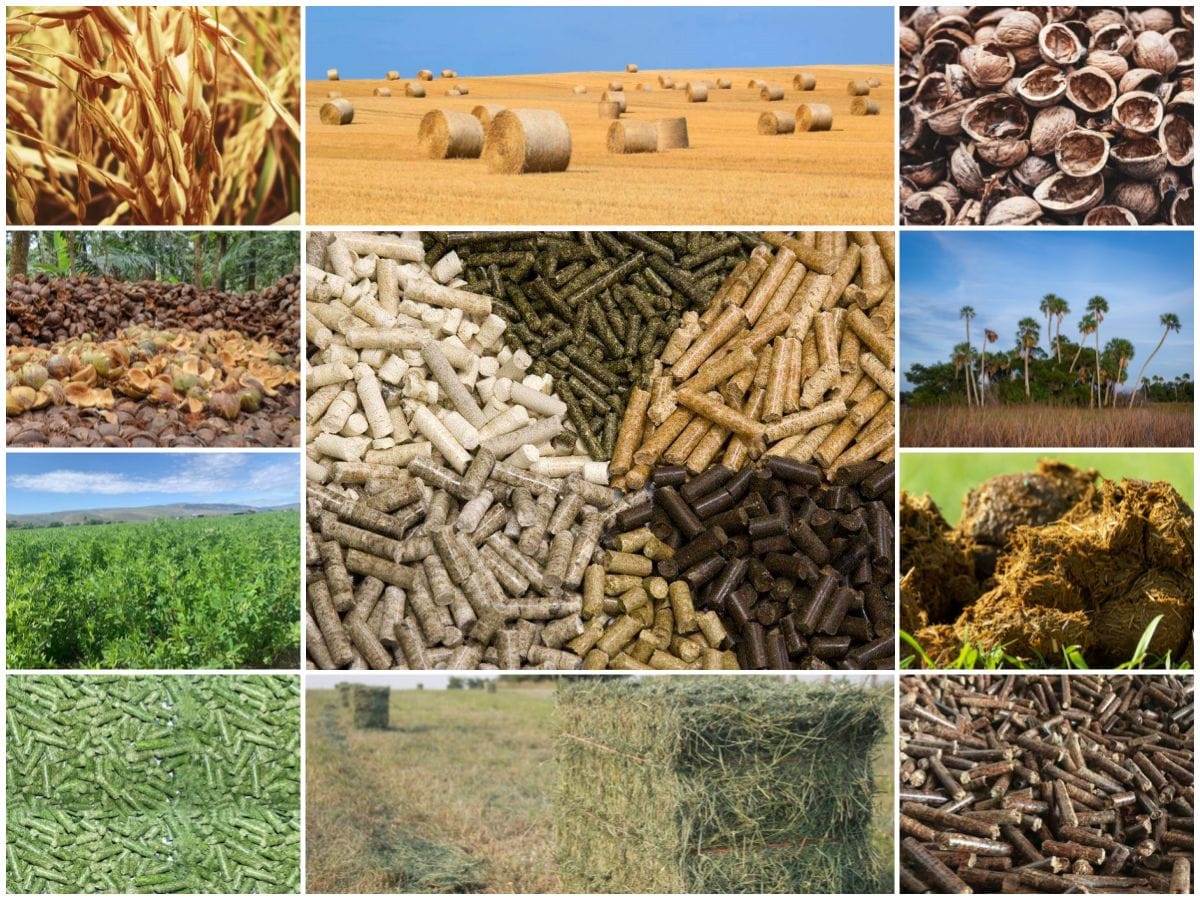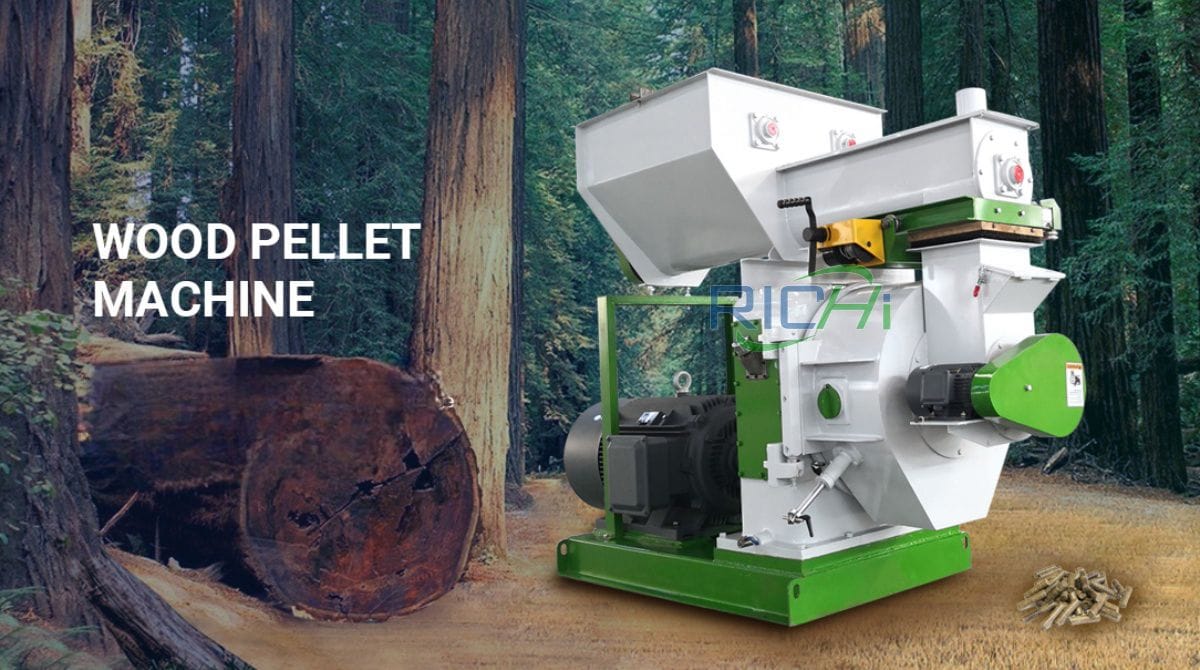In the realm of agricultural innovation and sustainable waste management, the wool pellet machine stands out as a transformative solution. This analytical article delves deep into the essence of wool pellet machines, their operational dynamics, classification, and their burgeoning role within the industry.
By exploring the specifics, this piece aims to provide a comprehensive understanding of wool pellet machines, guiding stakeholders on their adoption based on situational needs, and offering insights into future trends.
Introduction to Wool Pellet Machines
A wool pellet machine is a specialized piece of equipment designed to process wool waste into compact, nutrient-rich pellets. These pellets find utility in various sectors, primarily as organic fertilizer in agriculture, offering an eco-friendly alternative to synthetic options.
By converting wool, an otherwise waste product from the textile and farming industries, into valuable commodities, these machines play a pivotal role in promoting sustainable practices.
Industry Analysis and Specific Data
The global demand for wool pellet machines has seen a significant uptick, driven by the increasing adoption of organic farming methods and the need for sustainable waste management solutions. Market research indicates a projected compound annual growth rate (CAGR) of approximately 5% over the next five years.
This growth is reflective of a broader trend towards sustainability and eco-consciousness in agriculture and waste management. In 2023, the industry witnessed a spike in demand, particularly from organic farmers and textile producers looking to diversify their waste management strategies and reduce environmental footprints.

Classification and Operational Principles
Wool pellet machines are categorized based on their capacity, automation level, and intended use, ranging from small-scale manual units to large-scale fully automated systems.
- Small-Scale Machines: Ideal for small farms or boutique textile operations, these machines have a lower output but are cost-effective and easy to operate.
- Industrial-Scale Machines: Designed for high-volume production, these fully automated systems cater to large agricultural operations and textile manufacturers, featuring higher efficiency and output capacities.
Operational Principles and Process Flow:
- Preparation: Wool waste is collected and sometimes pre-treated to ensure consistency.
- Feeding: The prepared wool is fed into the machine.
- Compression and Shaping: The machine compresses the wool and extrudes it through a die to form pellets.
- Cooling and Packaging: The pellets are cooled and then packaged for distribution or use.
Applications in the Industry
Wool pellets are primarily used as organic fertilizers, offering a slow-release of nutrients, improving soil structure, and enhancing microbial activity. Beyond agriculture, they serve as an eco-friendly option for animal bedding, absorbing moisture and odors more effectively than traditional materials. They also find utility in bioenergy production, contributing to renewable energy solutions.
Choosing the Right Machine
Selecting an appropriate wool pellet machine involves considering several factors:
- Capacity Requirements: Assess the volume of wool waste generated and choose pellet machine with the corresponding output capacity.
- Budget Constraints: Balance the initial investment against potential savings in waste management and revenue from pellet sales.
- Space Availability: Ensure there is adequate space for the installation and operation of the machine, especially for larger models.
- Technical Support: Opt for suppliers offering comprehensive after-sales support and maintenance services. More infomation on website: https://richipelletizer.com/wool-pellet-machine/
Future Outlook and Summary
The future of wool pellet machines is bright, with technological advancements poised to enhance efficiency, reduce costs, and open new applications.
As global emphasis on sustainability intensifies, the demand for such innovative solutions will only grow, presenting significant opportunities for stakeholders across various sectors.
In conclusion, wool pellet machines represent a critical advancement in the intersection of agricultural technology and sustainable waste management. By efficiently converting wool waste into valuable pellets, these machines not only contribute to environmental sustainability but also offer practical solutions for organic farming and beyond.
As the industry evolves, staying informed and selecting the right equipment will be key to leveraging the benefits of wool pellet technology for a greener future.










